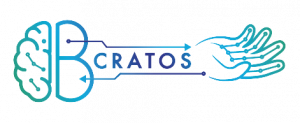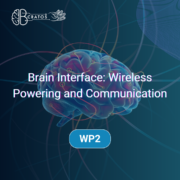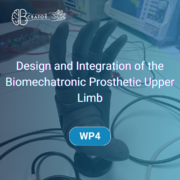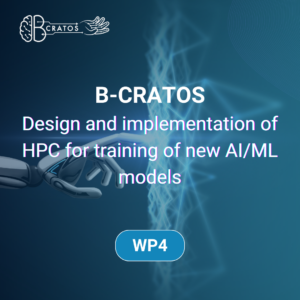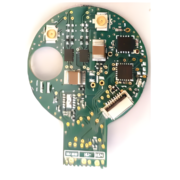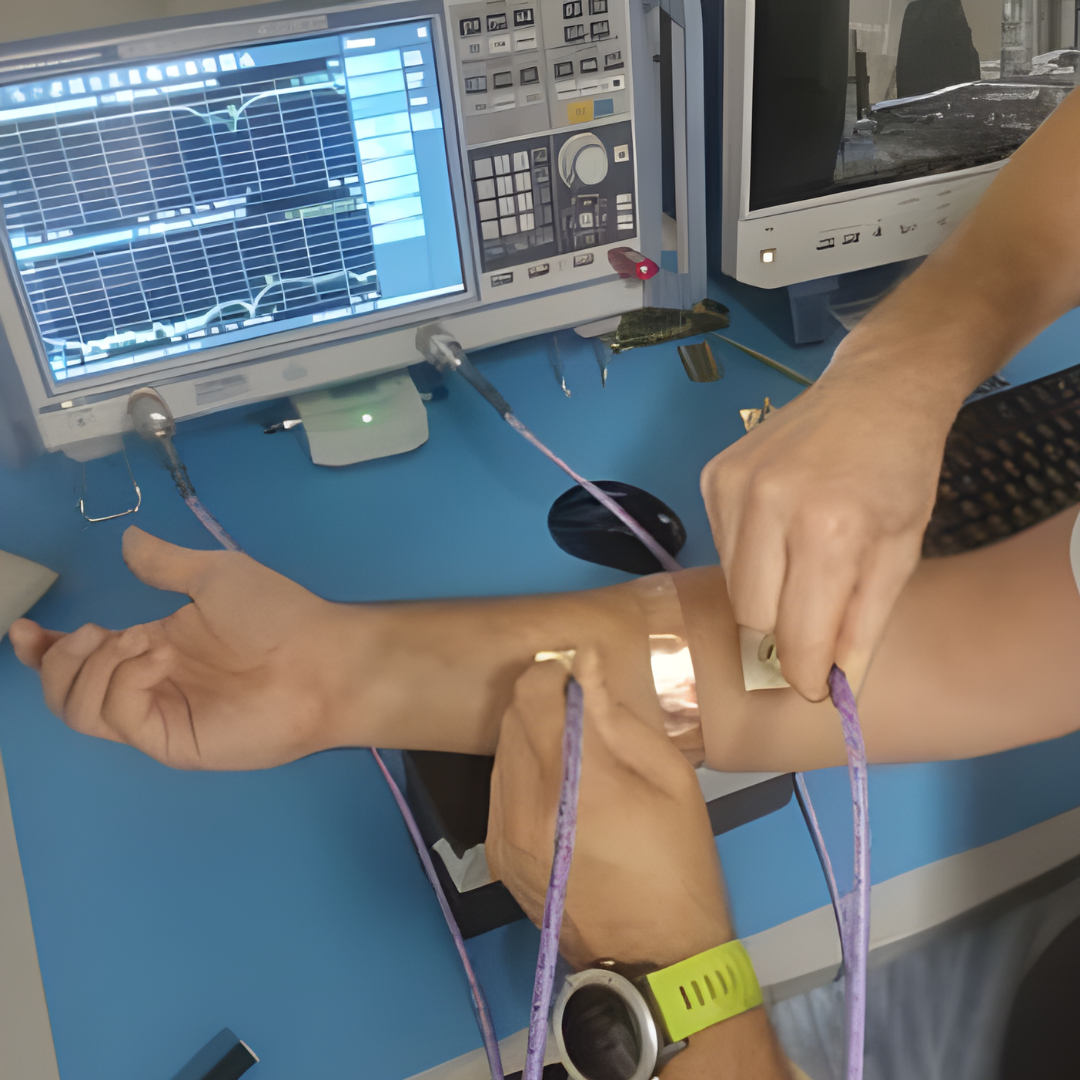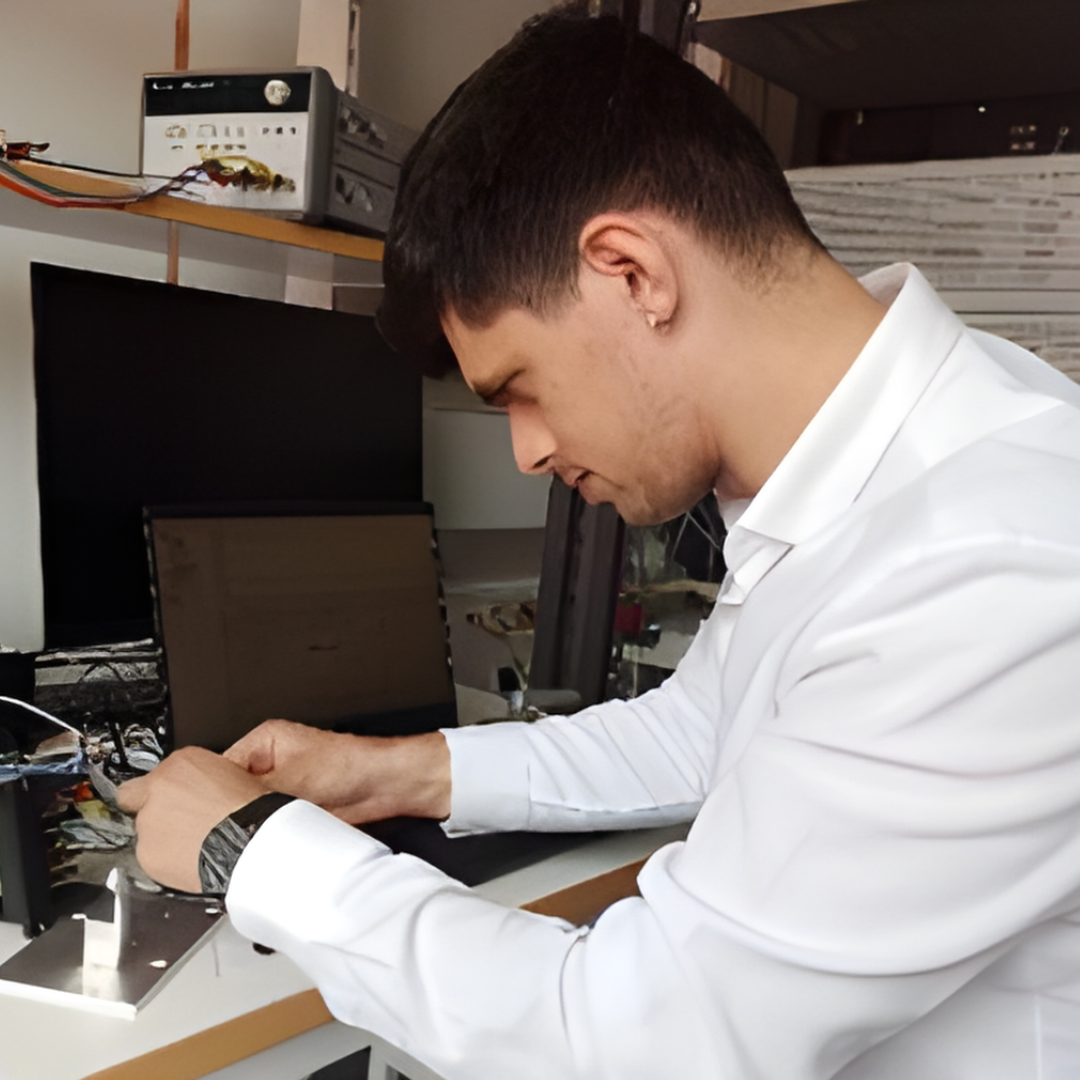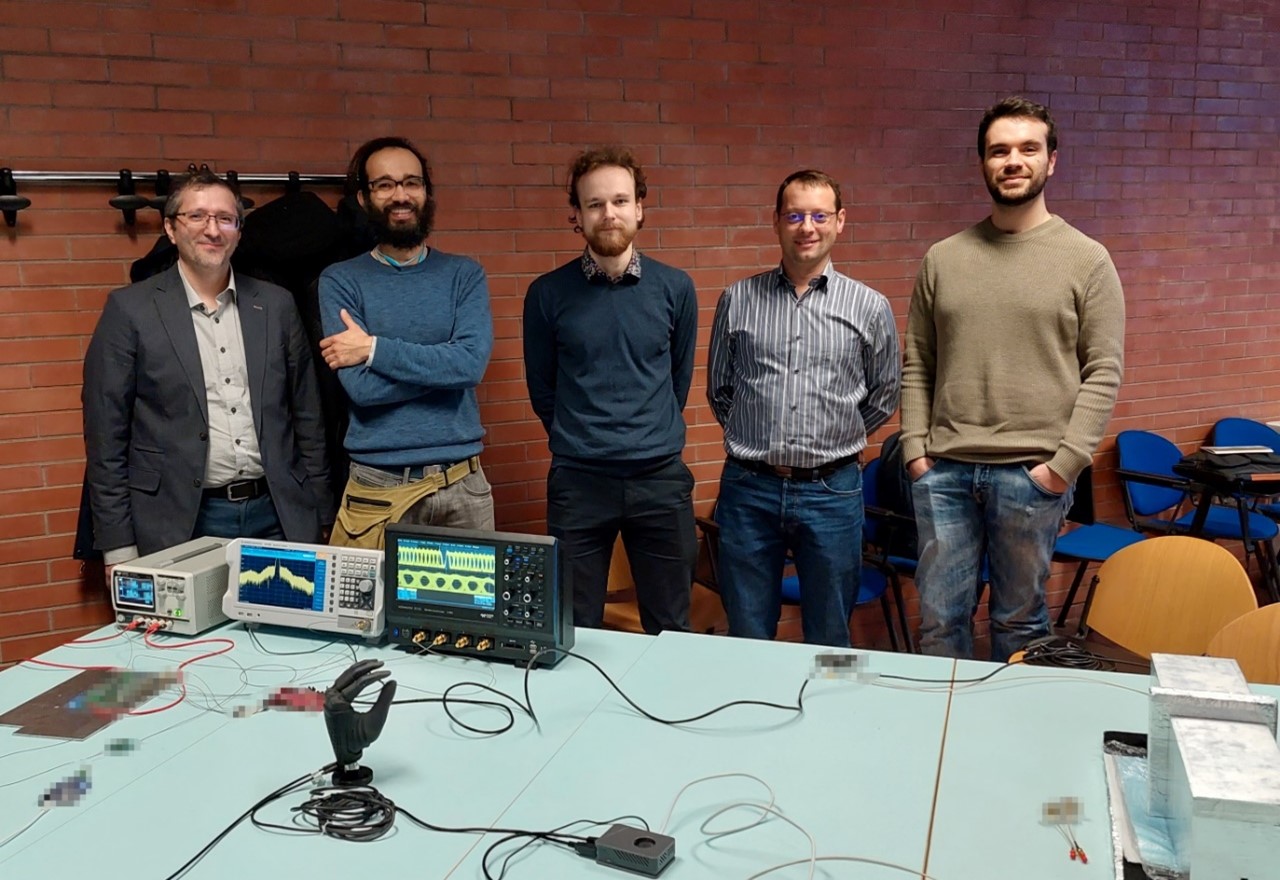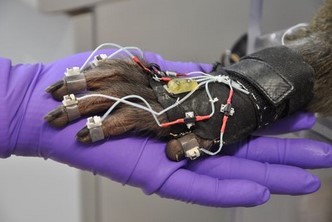B-CRATOS Workpackages
Discover our workpackages explained simply!
WP1 Management and Coordination
Leader: UU
Led by the project coordination team at Uppsala University, WP1 is responsible for managing and oversight of all aspects of the B-CRATOS project, including: legal contracting and financial management, progress monitoring, timely delivery of results, acquisition and distribution of needed resources across the teams, and data management and security. WP1 team leadership serves as the primary point-of-contact for the Consortium with the European Commission and program officers.
WP2 Brain Interface: Wireless Powering and Communication
Leader: NTNU
The objective of WP2 is to develop a wirelessly powered, battery-less implantable brain interface capable of detecting and wirelessly transmitting multi-channel, high-speed neural signals and precisely stimulating cortical targets. To achieve this, NTNU researchers and BRME engineers are collaborating to develop and integrate NTNU’s novel wireless communications and powering technologies with Blackrock’s neural interface platforms. The teams aim to achieve wireless readout of high-bandwidth cortical signals and low-latency stimulation control while optimizing the system to minimize power requirements and maximize data rate. The neural interface system, along with the other B-CRATOS platform technologies, will be validated and demonstrated in bench-top, phantom, cadaver, and non-human primate testing.
WP3 Fat-Intra Body Communication
Leader: UU
WP3 focuses on the design and optimization of a next-generation within-body, directed point-to-point communications platform enabled by Fat-Intra Body Communication (or Fat-IBC) technology. Uppsala University researchers and engineers are developing a platform capable of safe high-speed, high-bandwidth data transmission through the adipose tissue layers (or “fat channel”) of the body. When fully integrated with the B-CRATOS sub-systems implemented by WP2 (neural interface) and WP4 (sensorized bionic limb), the WP3 Fat-IBC communication platform will demonstrate real-time two-way transmission of recorded neural data and sensory stimulation signals between brain and machine, both at the bench and through living tissue.
WP4 Design and Integration of the Biomechatronic Prosthetic Upper Limb
Leader: SSSA
The multi-institution WP4 team of researchers and engineers at Scuola Superiore Sant’Anna and Uppsala University are collaborating to integrate a human-like prosthetic limb with a high-resolution electronic skin (or “eSkin”). The bionic hand with integrated eSkin will be linked to edge computing devices developed by WP4 collaborators at the LINKS Foundation, leveraging machine learning/AI techniques for real-time decoding of neural signals into movement actuation signals and touch feedback into meaningful brain stimulation commands. The integrated WP4 robotic limb system will be demonstrated in full closed-loop tests of the B-CRATOS platform.
WP5 System Integration
Leader: BRME
Through WP5, the B-CRATOS System Integration team at Blackrock Microsystems Europe will coordinate the technical WP teams to ensure end-to-end compatibility of the B-CRATOS subsystems developed under WP2, WP3, and WP4 through alignment of design requirements and specifications, technical risk management and monitoring, and perform integration and verification testing of the fully integrated B-CRATOS system before validation in NHP tests under WP6.
WP6 Non-Human Primate (NHP) Testing
Leader: DPZ
WP6 activities enable the in vivo validation of the B-CRATOS platform technologies and fully integrated system in non-human primate (NHP) studies at the Deutches Primatenzentrum. Through careful experimental design, care, and training, NHPs will be trained to control a robotic limb and to interpret sensory feedback in a movement task, generating critical data sets to inform the development of decoding models and identify key parameters for the in-body communications system. In real-time demonstration of the completed B-CRATOS platform, the NHPs will achieve closed-loop control of the WP4 advanced prosthetic using the neural bypass bridge technologies developed in WP2 and WP3.
WP7 Exploitation, Communication and Dissemination
Leader: BRME
The aims of WP7 are to effectively communicate, disseminate, and exploit project results to the benefit of the general public, research community, and key industry stakeholders. The WP7 team (BRME, SiNANO, UU) is responsible for maintaining public communication channels, including the project website, newsletters and social media accounts, organizing educational outreach and workshops, and promoting effective dissemination of results through open-access publications, conference talks, and hosting a consortium conference. To ensure B-CRATOS technologies have a strong positive impact on society and human health, commercial exploitation and technology transfer are key focuses of WP7, with the ultimate goal of making the B-CRATOS platform available on the global medical device market and for other applications.
WP8 Ethics Requirements
Leader: UU
Under WP8, the B-CRATOS Consortium complies with ethics requirements mandated by the European Commission and outlined in the Grant Agreement, including the assembly of an Independent Ethics Advisory Board to monitor and report on ethical aspects of the project, such as the impact of such technologies on the individual, society, and humanity.
